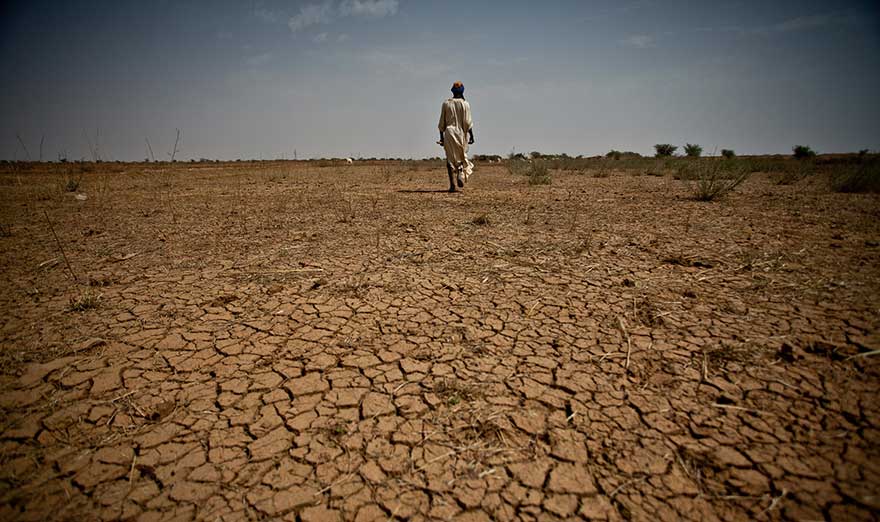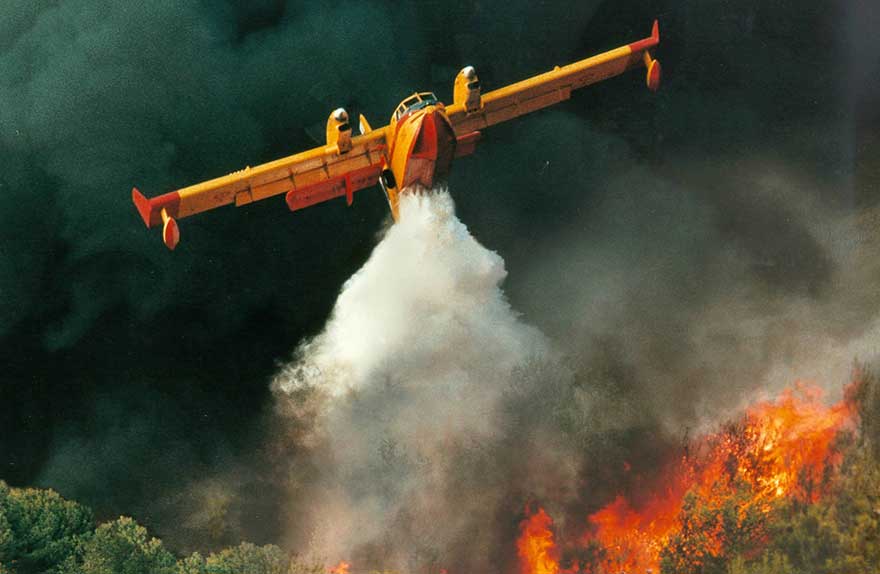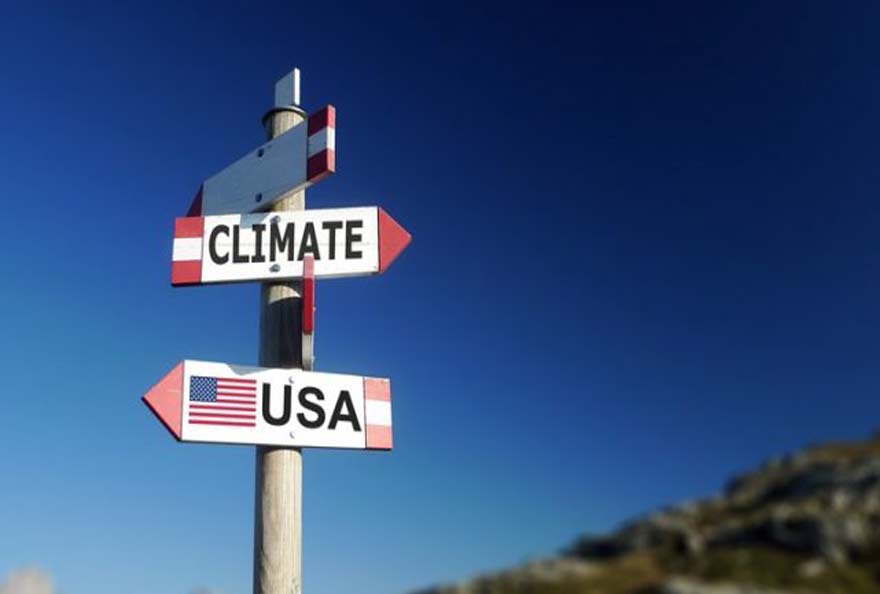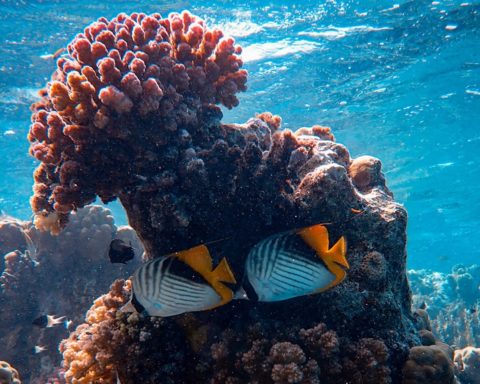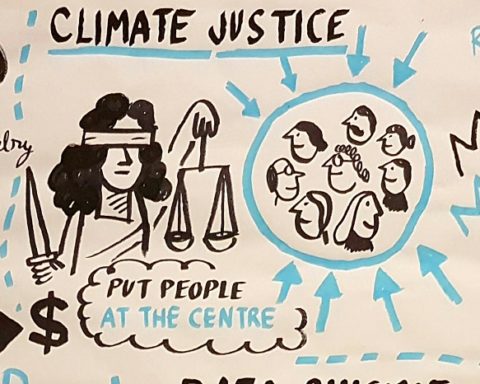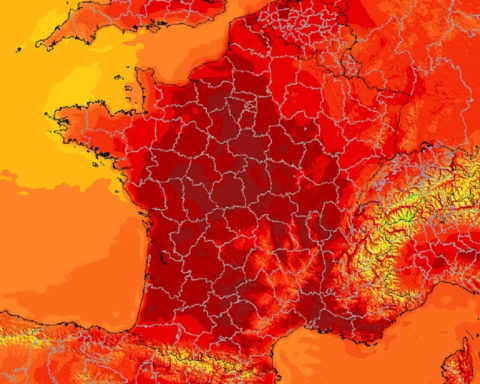READ UP :Greenland is melting at an exponential rate and could raise the sea level by seven metres.
Ice melting is accelerating in Greenland. The massive introduction of freshwater into the Atlantic could cause very severe droughts in the Sahel and a major migration crisis.
DThey are two spaces that are in stark contrast, yet linked by global warming: Greenland, an uninhabited icy land, and the Sahel, a densely populated tropical zone.
A team of French researchers from the Marseille-based Institut de recherche pour le développement (IRD) explained that accelerated melting of Greenland's ice could impact the millions of people living in the Sahel. This research was the subject of a report on the website of the IRD and a full publication in the journal Proceedings of the National Academy of Sciences (PNAS).
This study has just demonstrated that the Sahelian region could experience a serious agricultural and demographic crisis due to the melting of Greenland's ice, accelerated by rising temperatures. This work is based on one of the most pessimistic scenarios of the last report ...of the IPCC where sea levels would rise by 0.5 to 3 meters by 2100." Greenland is melting faster than the Antarctic and the introduction of this fresh, cold water in large quantities into the Atlantic is slowing down the Gulf Stream.explains the first author of the study, Dimitri Defrance. The northern hemisphere is cooling, extending as far as the Sahara. In the south, the Gulf of Guinea is warmer. This temperature differential generates a pressure gradient that prevents the monsoon from moving up towards the Sahel."
The AMOC (South Atlantic Overturning Circulation) is a marine current familiar to oceanographers, one segment of which is even better known: the Gulf Stream bringing warm air from the Bahamas to Europe. It appears that the AMOC as a whole forms the link between the two zones of Greenland and the Sahel. This current carries the warm waters of the Atlantic Ocean at the African Equator towards Greenland. If this current stops or slows down due to the melting of the ice, Europe and then Africa would be seriously affected, but in a very different way. Indeed, the climate in the tropics would become even warmer while our continent could cool down significantly. This situation will cause a shift of the monsoon towards the south of the Sahel, causing a drastic drop in rainfall levels.
In the absence of rain, the Sahelian region would dry up and warm up. Sorghum cultivation, which requires between 520 and 600 mm of annual rainfall, according to the Food and Agriculture Organization of the United Nations (FAO), would no longer be possible under these conditions. More than 360 million people living in these growing areas would be affected by the end of the 21st century, a third of the population of the Sahel. In this situation, exile would be one of the solutions for survival. « The majority of climate migrants generally move within their own country, says coastal risk specialist Jean-Paul Vanderlinden. They settle in large conurbations or coastal areas. But in this scenario, the coastline would be eroded by rising sea levels. It would suffer more flooding and would no longer be able to accommodate these migrants. They would have to move outside their countries. "
Another way to combat drought would be to change agricultural practices: mulching techniques to limit water evaporation, better management of rainwater, crop rotation, changes in the agricultural calendar or the selection of new varieties. For example, sorghum could be replaced by millet, which is more resistant to drought. « Farmers could grow more drought-resistant varieties.says climate scientist Benjamin Sultan. But these varieties are less productive while the population will increase sharply. This type of seed is also not very accessible in this region."
Faced with this observation, researchers are developing targeted models, particularly through research projects such as Agricora. The challenge is to provide local stakeholders with tools to help them adapt through this meteorological, agronomic and hydrological information. « The Sahel has long been experiencing climate crises and its inhabitants have developed adaptation techniques that may be undermined by the scale of future climate change.Benjamin Sultan relieved. The objective is to strengthen these techniques by facilitating access by local actors to climate information and scenarios produced by researchers."
This is all the more crucial as the latest measurements show an unexpected acceleration in the melting of Greenland's glaciers.
Source : Development Research Institute
Login
0 Comments
Inline Feedbacks
View all comments

